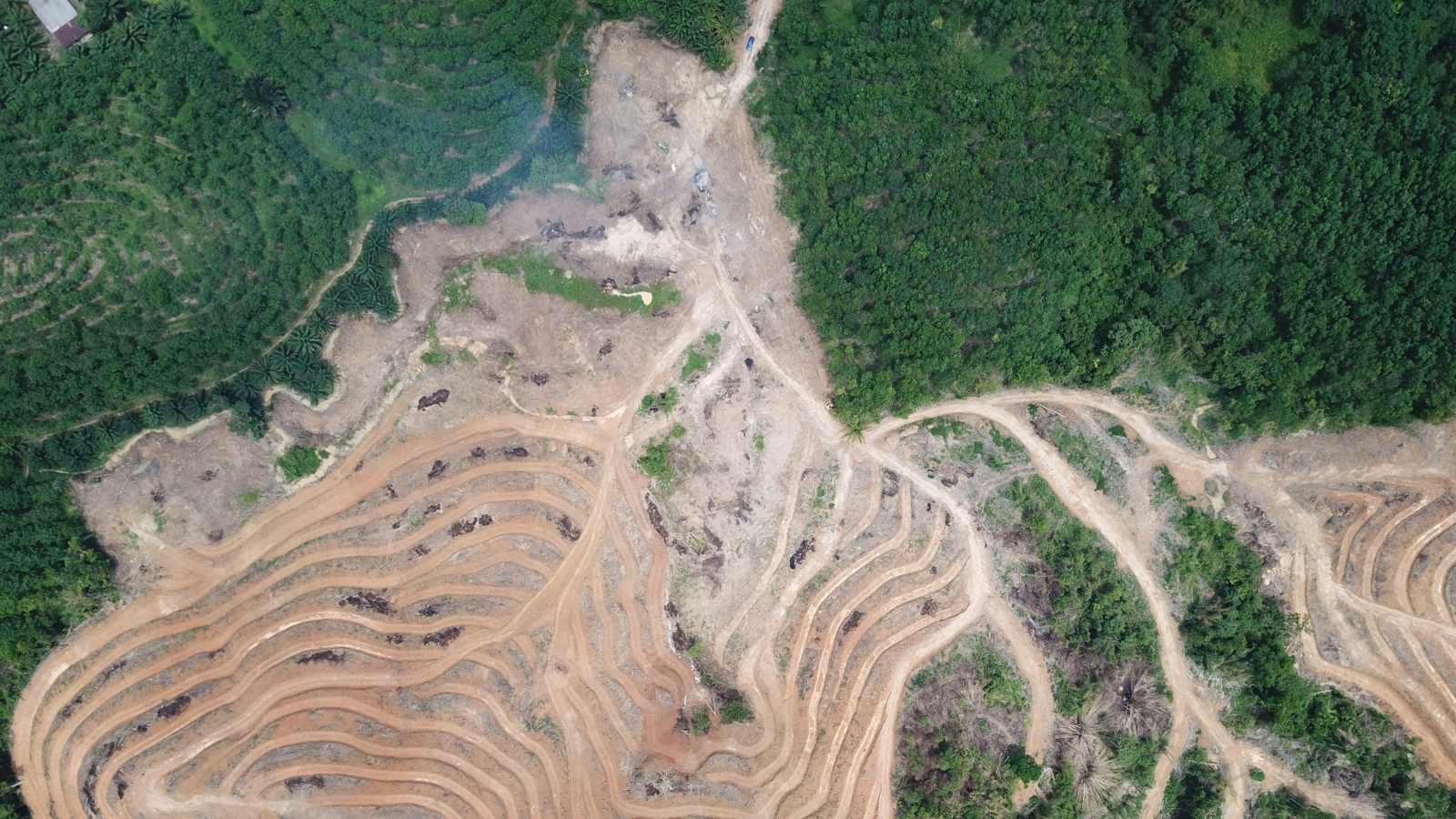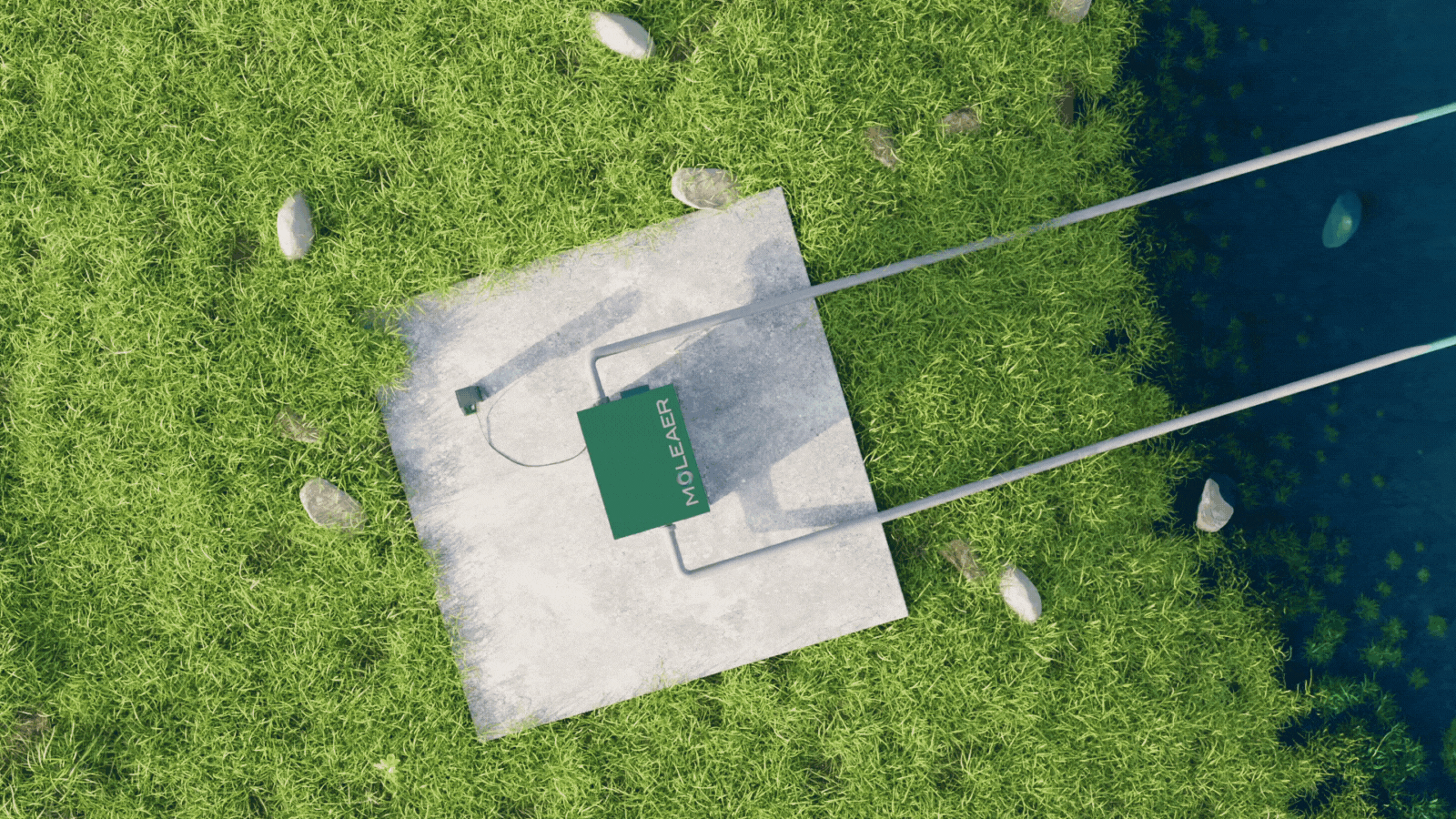How to Efficiently Get Dissolved Oxygen (DO) to the Sediment-water interface with Nanobubble Technology
The sediment-water interface is at the bottom of the lake where organic matter is decomposed by microbes. The organic matter is dead plant and animal materials that have settled in the lakebed overtime.
The sediment-water interface has important implications for the health and ecology of the lake. It provides important habitat for benthic organisms, such as worms, snails, and insect larvae, and can serve as a nutrient source for aquatic plants and other organisms. The bottom of the lake is also a sink for pollutants, such as heavy metals and organic contaminants, which can accumulate over time and potentially harm aquatic life and human health. In some conditions, the lake bottom can resuspend these contaminants and nutrients, negatively impacting the health of the lake and causing fish kills. Low DO at the sediment-water interface can leads to unhealthy lakes that are more susceptible to problems like excessive muck accumulation, algae proliferation, foul odors and low clarity.
.jpg?width=1600&height=900&name=Healthy%20Lake%20(1).jpg)
Factors that Impact a Lake’s Sediment-water interface
Studying the lake bottom can provide valuable information about the history of the lake and its surrounding environment, as well as information about the present and future health of the lake. Sediment cores can be collected and analyzed to determine the composition, age, and potential contaminants in the sediments. This information can help inform management decisions aimed at protecting and preserving the lake and its ecosystem.
The health of a lake's bottom can be affected by several factors:
Nutrient input: The amount and type of nutrients entering the lake can impact the quality and composition of the lake bottom. Excessive nutrient input, particularly of nitrogen and phosphorus, can lead to increased algae growth and the deposition of organic matter, which can increase oxygen usage and create extreme anoxia, or low oxygen, conditions.
Water chemistry: The pH, temperature, and dissolved oxygen levels of the water can also affect the health of the lake bottom. Changes in water chemistry can impact the microbial communities that live within the sediment-water interface, altering microbial community makeup and reducing aerobic decomposition rates.
Sedimentation rate: The rate at which sediment accumulates at the bottom of the lake can also impact the health of the lake bottom. Rapid sedimentation can bury and suffocate benthic organisms, while slow sedimentation can lead to the accumulation of organic matter and anoxic conditions. Benthic organisms live at the sediment-water interface and play an important role in the lake's ecosystem by recycling nutrients, providing food for other organisms, and maintaining the health and function of the lake bottom.
Land use: The use of land in the watershed surrounding the lake can impact the quality and composition of the lake bottom. Land use practices that increase erosion, such as agriculture or deforestation, can lead to increased sediment input into the lake, which can alter the sediment composition and structure and negatively impact its health.

Contaminants: The presence of contaminants, such as heavy metals, pesticides, and polychlorinated biphenyls (PCBs), can impact the health of the lake bottom. Contaminants can accumulate in the sediments and potentially harm benthic organisms and other aquatic life.
Overall, the health of a lake's bottom is influenced by a complex set of factors that interact with each other in ways that can be difficult to predict. Understanding the factors that affect sediment-water interface health can help inform management decisions aimed at protecting and preserving the lake and its ecosystem.
Ensuring a Healthy Sediment-water interface with Dissolved Oxygen
It is important to get dissolved oxygen to the sediment-water interface because it supports the growth and survival of benthic organisms and other aquatic life that live there.
Oxygen is necessary for the respiration of benthic organisms, which allows them to break down organic matter and release nutrients back into the water column. Without sufficient oxygen, the lake bottom can become anoxic or hypoxic, which means that there is a low or nonexistent concentration of dissolved oxygen. This can lead to the formation of toxic gases such as hydrogen sulfide (H2S), and a change in the microbial communities that live at the sediment-water interface.
The dissolved oxygen level at the lake bottom is influenced by several factors, including the depth of the sediments, the rate of sedimentation, the nutrient loading in the lake, and the water chemistry. High nutrient loading, for example, can lead to increased algae growth and the deposition of organic matter at the lake bottom, which can result in oxygen depletion through microbial decomposition.
Therefore, getting oxygen to the sediment-water interface of a lake is important for maintaining a healthy ecosystem and promoting the growth and survival of benthic organisms and other aquatic life. Management strategies aimed at improving the oxygen levels at the lake bottom may include reducing nutrient input, injecting oxygen nanobubbles with a nanobubble generator, and promoting the growth of submerged aquatic vegetation, which can release oxygen through their roots.
Using Nanobubble Technology to Efficiently Get Dissolved Oxygen to the Sediment-water interface
Nanobubble technology can be used to get more dissolved oxygen to the lake bottom by producing and delivering very small bubbles of oxygen into and throughout the water column. These bubbles are so small that they are neutrally buoyant and remain suspended in the water column for an extended period of time, allowing the oxygen to diffuse into the sediment.
Traditional aeration systems, such as diffused air or mechanical aerators, create larger bubbles that rise to the surface of the water quickly and release oxygen into the atmosphere. While these systems can improve oxygen levels in the water column in some cases, they do not effectively reach the sediment layer, where oxygen is often limited. Moleaer’s nanobubble technology has been independently validated to have over 85% oxygen transfer efficiency (OTE), while many conventional aeration systems only have 1-40% OTE, depending on the technology.
By getting more oxygen to the lake bottom using nanobubble technology, the microbial communities that live within the sediment-water interface can thrive, promoting the breakdown of organic matter like muck and nutrient cycling. This can help improve water quality and clarity by reducing nutrient concerns and promoting a healthy ecosystem in the lake. Additionally, promoting a healthy lake bottom can also help mitigate the effects of harmful algal blooms and improve the habitat for benthic organisms and other aquatic life.

Moleaer offers commercial-grade nanobubble generators that are easy to install and maintain into any size water body. The Kingfisher and Clear nanobubble generators were specifically designed for lakes and ponds to target the root causes of common lake problems. Learn more about our products.


